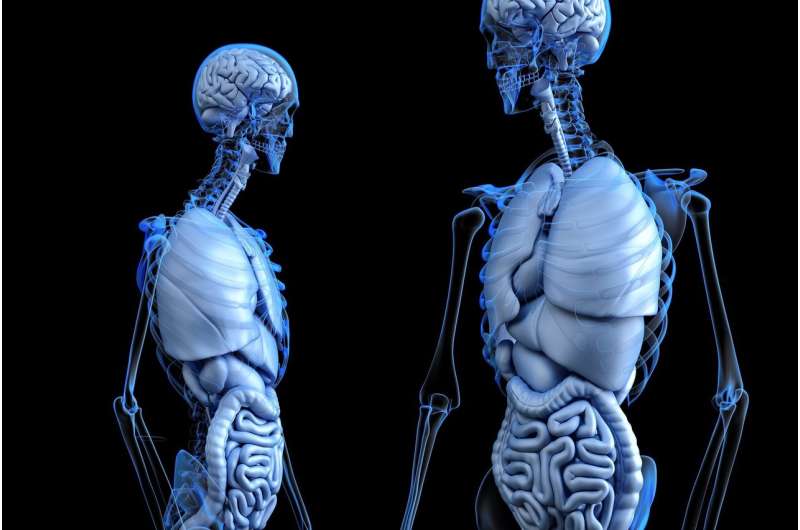Bone regrowth using ceramic substitute and E. coli-derived growth factors

Synthetic bone substitutes are promising materials for bone defect repair, but their efficacy can be substantially improved by bioactive agents such as growth factors. In a new study, researchers have modified beta-tricalcium phosphate (β-TCP) with increasing quantities of bone morphogenetic protein 2 (BMP-2) derived from E. coli and shown improved bone healing. The study is published in Tissue Engineering.
Yuelian Liu, Ph.D., Academic Center for Dentistry Amsterdam, Amsterdam, Netherlands, and colleagues present their work in an article titled "Dose Effects of Slow-Released Bone Morphogenetic Protein-2 Functionalized β-Tricalcium Phosphate in Repairing Critical-Sized Bone Defects".
The authors created bone defects in a rat calvarial model and then attempted repair using β-TCP granules coated with a biomimetic calcium phosphate preparation that allows slow release of BMP-2. Bone growth and maturation were studied in comparison with autologous bone grafts using micro-CT scans, histology, and histomorphometry, and toxicity was assessed with blood tests. The E. coli-derived BMP-2 successfully improved bone formation with efficacy comparable to autologous grafts, and higher BMP-2 concentration promoted bone maturation.
"The dosage effect of E. coli-derived BMP-2 on bone formation provides valuable information for researchers and commercial stakeholders interested in a more cost-effective BMP-2 source compared to traditional mammalian cell production," says Tissue Engineering Co-Editor-in-Chief Antonios G. Mikos, Ph.D., Louis Calder Professor at Rice University, Houston, TX. "In addition, the application of a biomimetic coating system presented by the authors is crucial for translating these findings into transformative clinical bone regeneration strategies."
More information: Lingfei Wei et al, Dose Effects of Slow-Released Bone Morphogenetic Protein-2 Functionalized β-Tricalcium Phosphate in Repairing Critical-Sized Bone Defects, Tissue Engineering Part A (2019). DOI: 10.1089/ten.tea.2019.0161



















